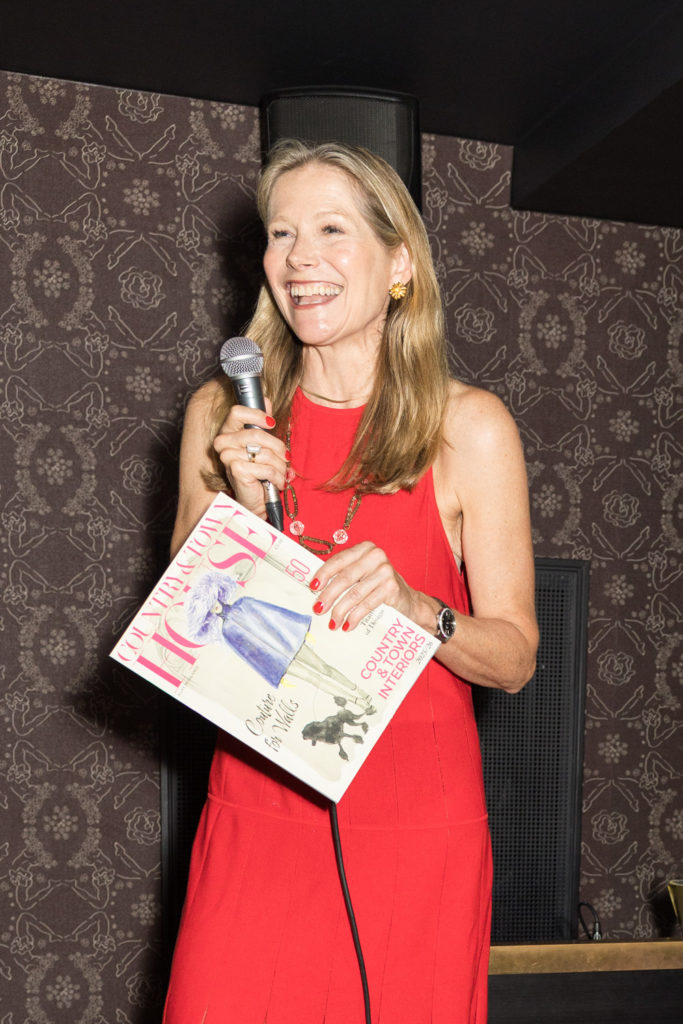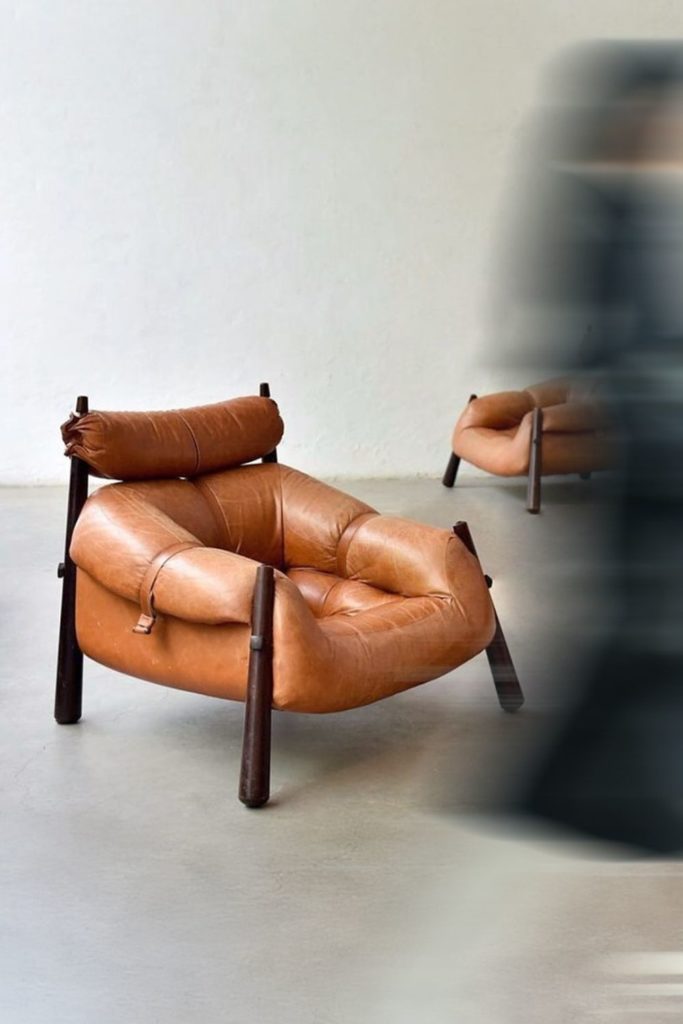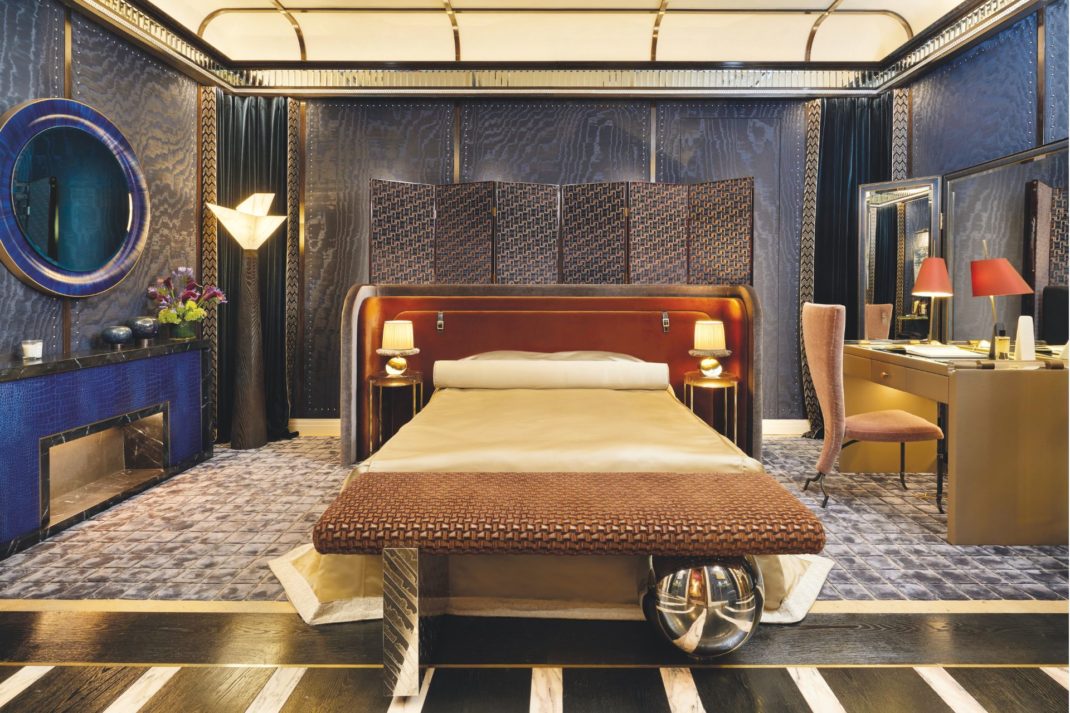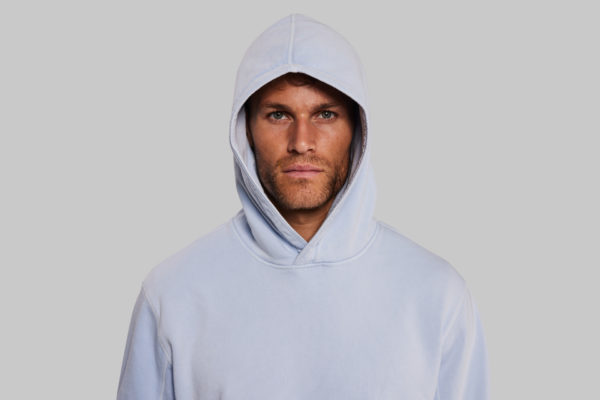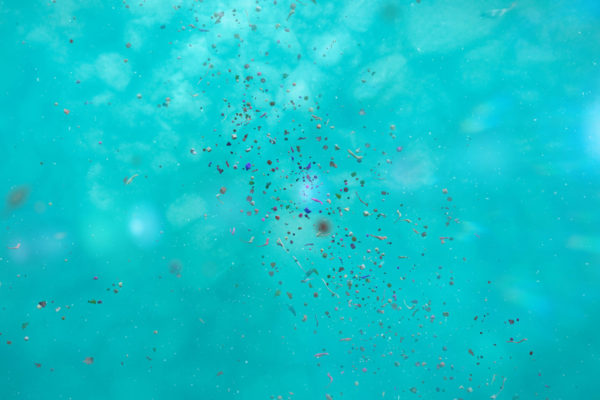Interview With Nina Marenzi, founder-director of The Sustainable Angle – ‘Waste Doesn’t Exist In Nature’
By
2 years ago
The founder-director of the Sustainable Angle talks to us about how she's reducing the impact of the textiles industry
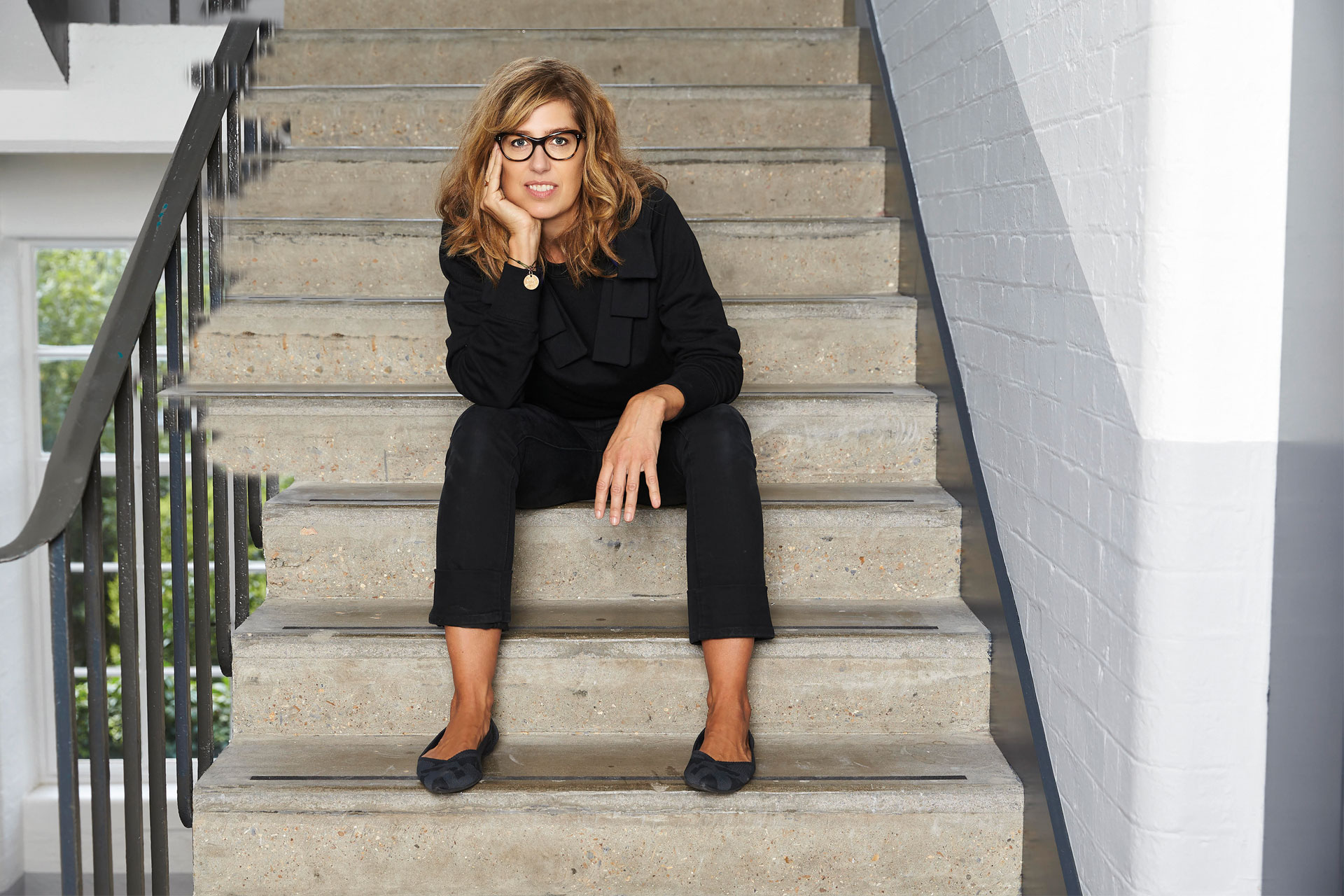
What’s the future of fabric? Nina Marenzi, founder-director of The Sustainable Angle, has the answers.
Two of the biggest issues surrounding the interiors industry are waste (wrap.org.uk estimates 670,000 tonnes of furniture and 310,000 tonnes of textiles are thrown away by householders annually) and a reliance on cotton and plastics. Nina Marenzi is the founder-director of The Sustainable Angle, a not-for-profit initiating and supporting projects that aim to lower the environmental impact of the textiles industry.
Interview With Nina Marenzi On How She’s Reducing The Impact Of The Textiles Industry
What’s the story?
After completing my masters in agriculture, I researched materials presenting a low environmental footprint but no-one was telling the fashion industry. I launched the platform in 2010 to connect sustainable suppliers, mills and innovators with the fashion industry and support initiatives that help reduce environmental impact. It was soon clear we needed to reach out to interiors, too.
How do you get the message out?
Future Fabrics is our main project, a series of trade exhibitions providing educational information on materials with a lower environmental footprint alongside a showcase of fabrics and leathers. Everything is labelled and explained so that brands, designers and sourcing teams understand why materials are more sustainable.
How do you choose who to showcase?
When we started, we had strong criteria on biodiversity, water, energy, and waste. Now it’s driven by certifications. Brands want certifications both from suppliers and makers. Some of those to look out for include: Cradle to Cradle Certified, Standard 100 by Oeko-Tex, Forest Stewardship Council (FSC), Fairtrade Certified and Canopy.
What’s the end goal?
Working with materials that, after being used, can either be made into different products, or they can go back into the soil, disintegrate and decompose without leaving a polluting and toxic soil.
Does interiors have any additional issues than those in fashion?
Because of current legislation, much of the furniture produced today is sprayed with chemicals like flame retardants, which are toxic. People need to be aware of their environmental impact. Big companies have to deal with the flame retardant issue, it’s law. But can we be a little bit more nuanced? We should push for a reduced amount of petrochemical-based materials and look for alternatives. We also need to create customer awareness; for example, IKEA is one of the biggest partners in various environmental initiatives but still driving overconsumption.
What needs to be done?
It’s a design approach as much as a materials approach. Not just choosing a material but looking at how it is processed: what types of dyes are used? If a sofa is to be discarded, can any of it be easily dismantled and re-used? Christopher Raeburn is working with Timberland on a circular design that allows boots to be fully disassembled and recycled at the end of their useful life. Furniture should be the same – able to be dismantled and become a new product or recycled at the same quality.
What’s exciting you?
Anything from agricultural waste. Waste shouldn’t exist – it doesn’t exist in nature. It needs to be the feedstock and materials for the next phase of production. This is a whole redesign we’re living through and it’s full of opportunities.
Diversifying The Fibre Basket: These Are The Materials To Know
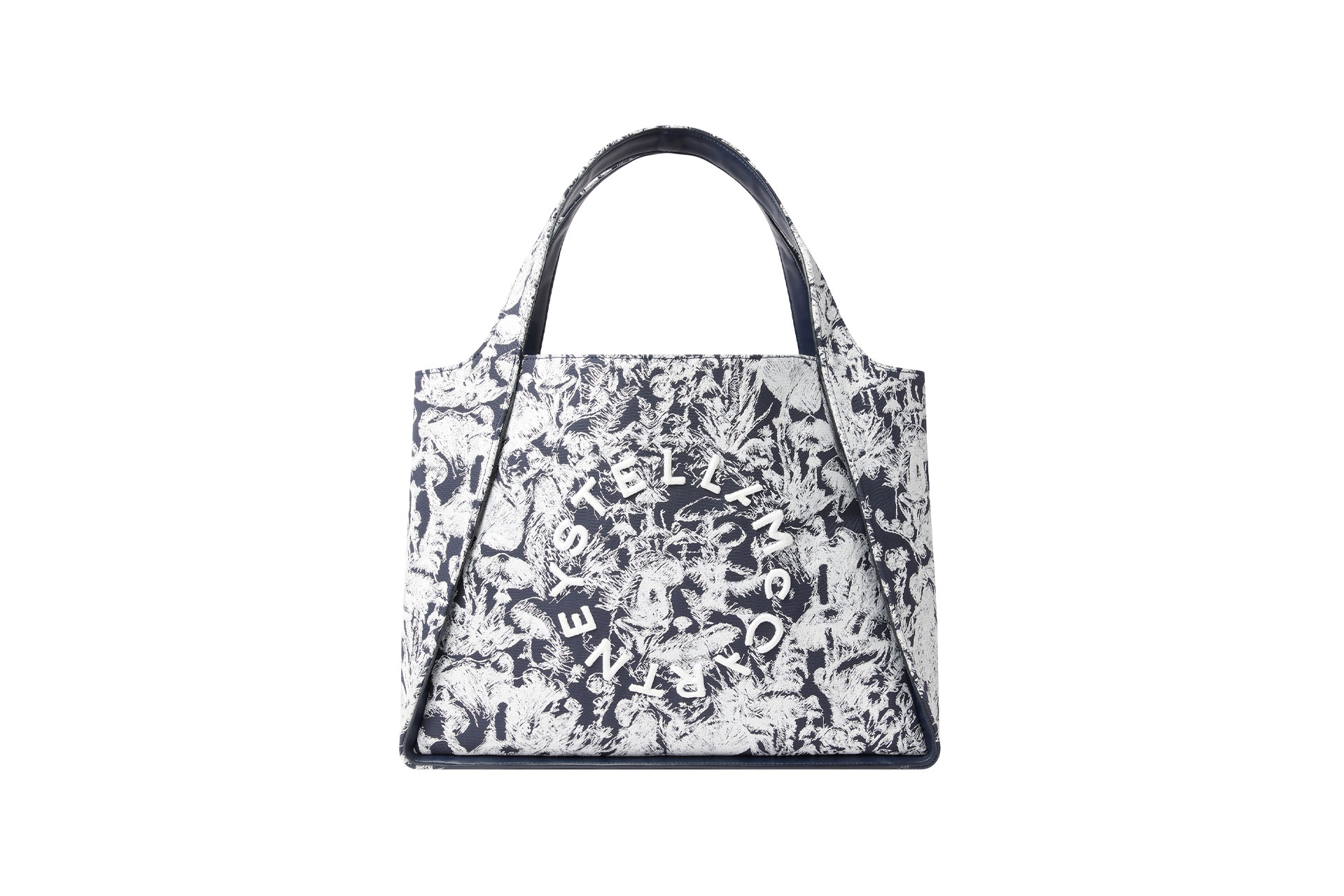
Bananatex bag by Stella McCartney
- Tencel is one of the main partners of The Sustainable Angle, at the forefront of creating sustainable fibres for fashion and interiors. tencel.com
- Bananatex exemplifies the shift towards eco-friendly materials, grown within a natural ecosystem of sustainable mixed agriculture and forestry. The plant is self-sufficient, requires no pesticides, fertilizer or extra water. It’s used by Stella McCartney. bananatex.info
- Flax and hemp are natural alternatives to cotton, cultivated without synthetic fertilizers. europeanflax.com

